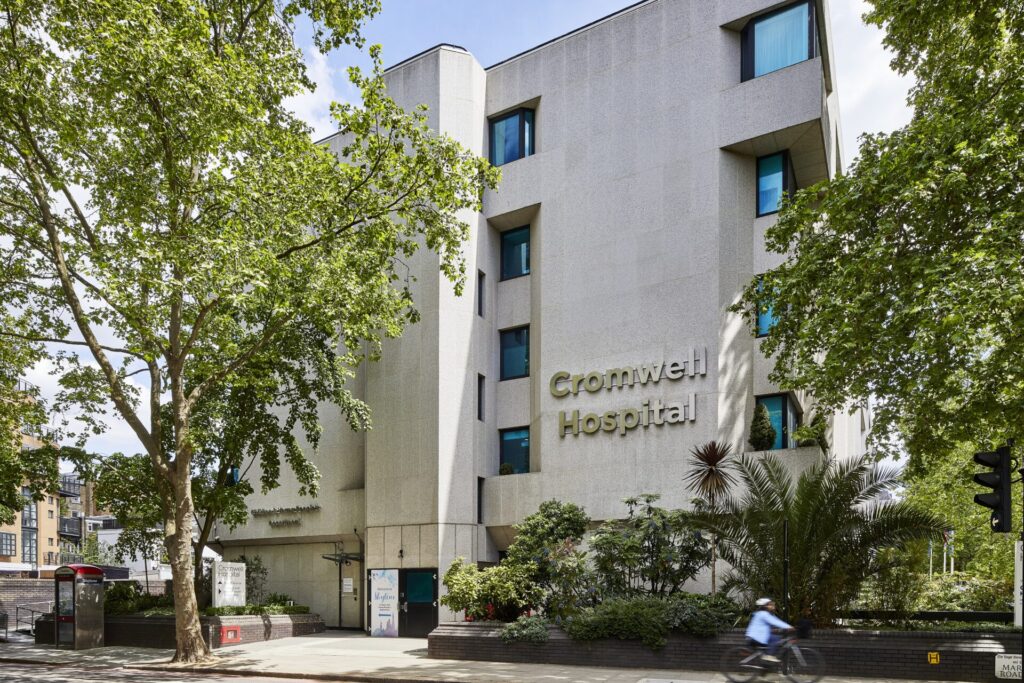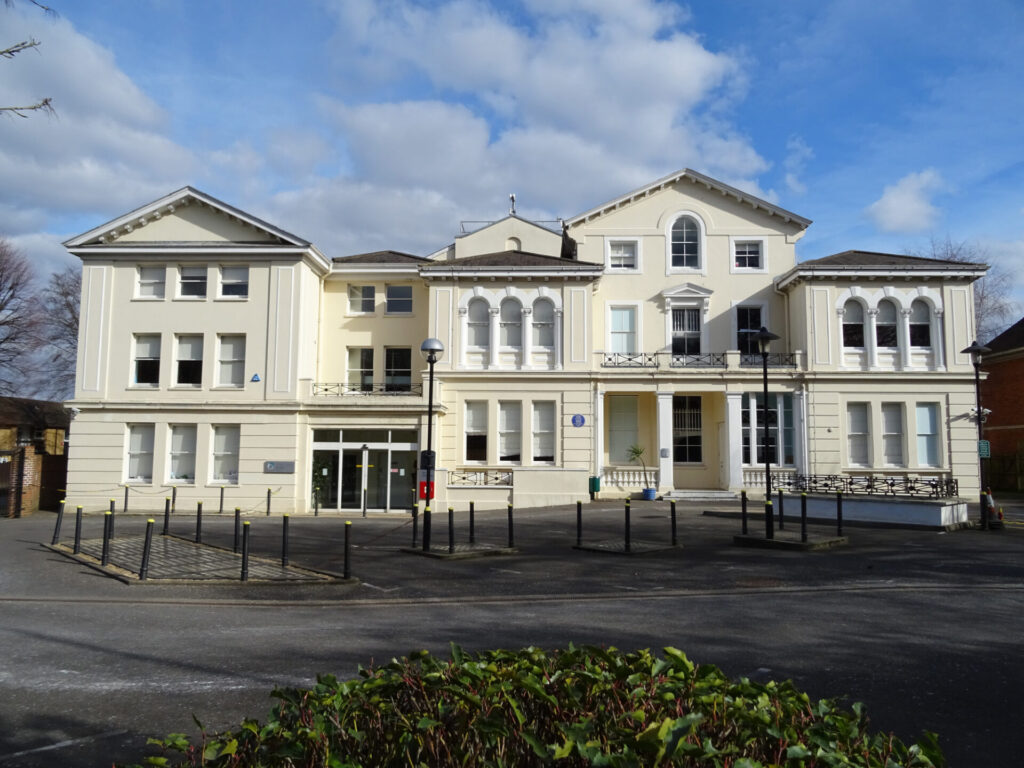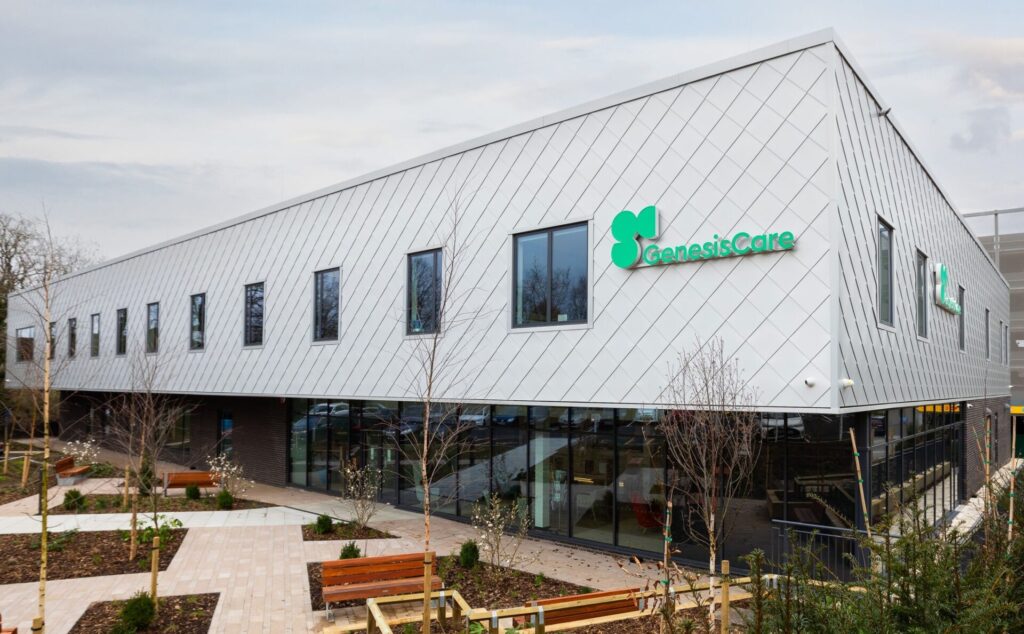Mike’s Case Study: Managing Dupuytren’s Disease with Radiotherapy
Fifty-four-year-old Mike wasn’t particularly concerned about a small, hard lump near the third finger of his right hand.
Fifty-four-year-old Mike wasn’t particularly concerned about a small, hard lump near the third finger of his right hand. However, when it started to become more noticeable, he mentioned it to his GP and discovered that he had Dupuytren’s disease and was told there was no treatment available unless the condition progressed to full Dupuytren’s contracture.
With high levels of fine motor skills and agility needed for his job as an airline training captain, Mike was keen to find an alternative to simply waiting for the condition to get worse, which would undoubtedly have a negative impact on his career.
My GP told me that there was nothing that could be done at this early stage, and to come back if things progressed and I felt my fingers were starting to pull towards the palm of my hand.
My job as an airline pilot requires a degree of dexterity, and precision is needed for the operation of some cockpit controls. I was concerned about the impact the Dupuytren’s could have on my job if things did progress. If I become unable to bend my fingers or grip properly it may be impossible to continue to fly a large, four-engine jet aircraft.
While I knew the disease was likely to progress very slowly, it was still worrying that I’d have to wait until my hand deteriorated before treatment may be available.
When I researched Dupuytren’s, I found information about the type of hand surgery I’d need if the condition progressed, and, to be honest, it seemed pretty medieval – and would have involved taking several months’ absence from work at best. This didn’t reassure me.
By complete chance, a few weeks later, I was training a colleague who mentioned he also had the early stages of Dupuytren’s disease and had just had radiotherapy treatment in an attempt to stop things from progressing.
I was surprised that this treatment was available, and I’d not been told about it. I did some more research and found that NICE had quite recently approved radiation treatment of Dupuytren’s and that there was good evidence about radiotherapy’s effectiveness in halting the progression of Dupuytren’s disease.
I asked my GP to refer me to Dr Shaffer, and once I’d met him and found out what was involved, I wasn’t willing to wait to see if my Dupuytren’s progressed. As far as I could see, I had everything to gain and nothing to lose. I would be having an almost trivial amount of radiation and the minor side-effects were a small price to pay by comparison with the potential benefit.
Initially, my medical insurance company didn’t recognise radiotherapy as a treatment for Dupuytren’s but changed its policy as a result of NICE’s approval and support from Dr Shaffer.
After a while, the lump became significantly less prominent, and I wasn’t distracted by it anymore. Three years later, I am delighted that the symptoms have almost completely abated. I retain a significantly smaller, slightly hardened area but feel the use of my hand may actually have improved – it certainly hasn’t deteriorated.
Our centres
Appointments with Dr Shaffer take place in London, Guildford and Nottingham. Treatment can be delivered in any of 15 centres around the UK (Birmingham, Bristol, Cambridge, Chelmsford, Cromwell, Elstree, Guildford, London Cromwell, Wimbledon Cancer Centre London, Maidstone, Milton Keynes, Nottingham, Oxford, Portsmouth, Southampton, Windsor). See below for details:










